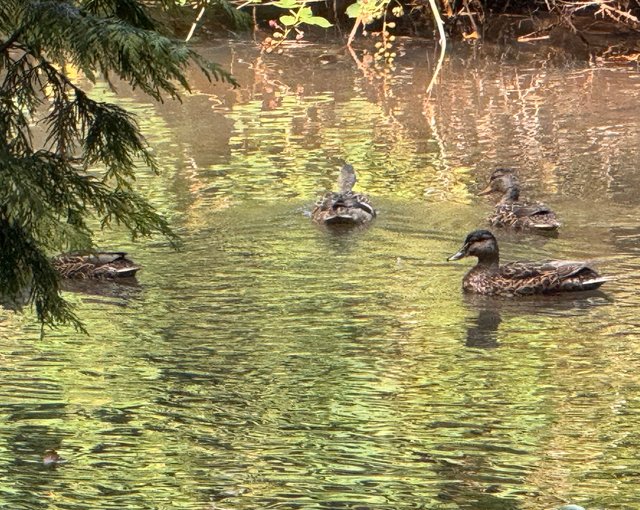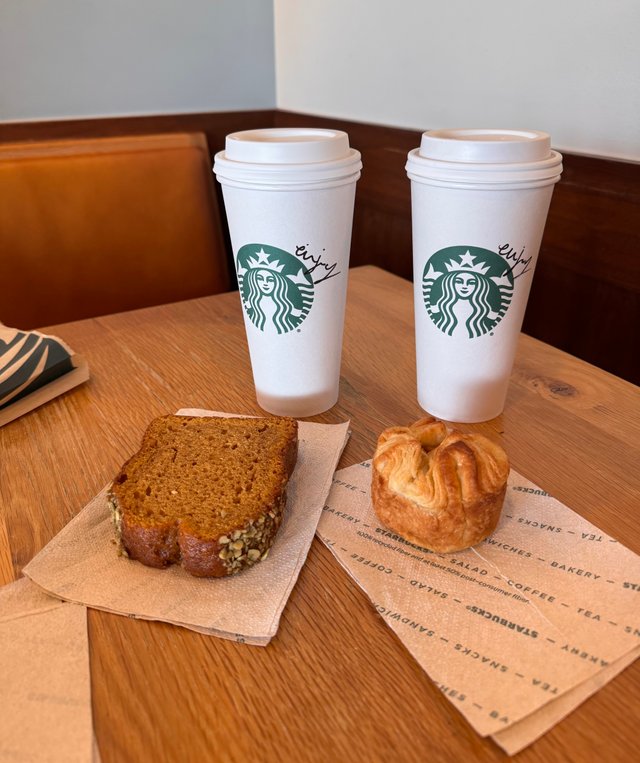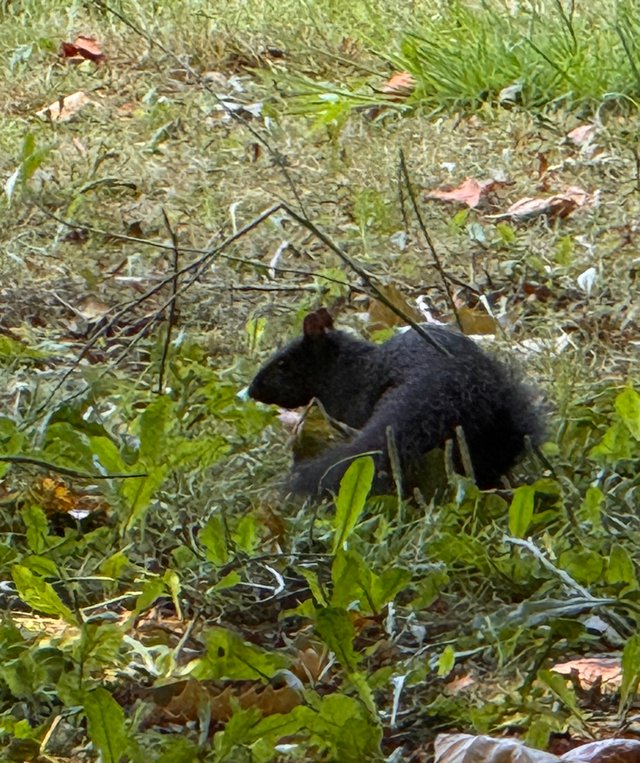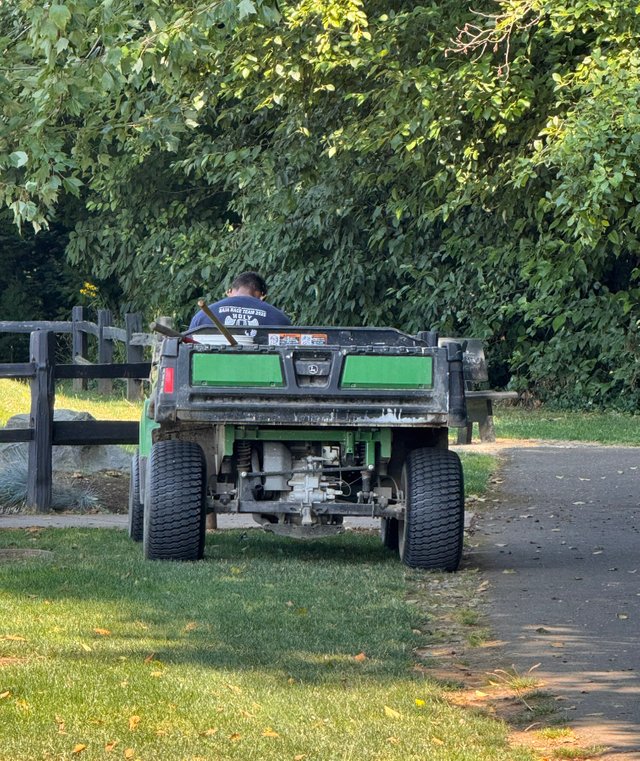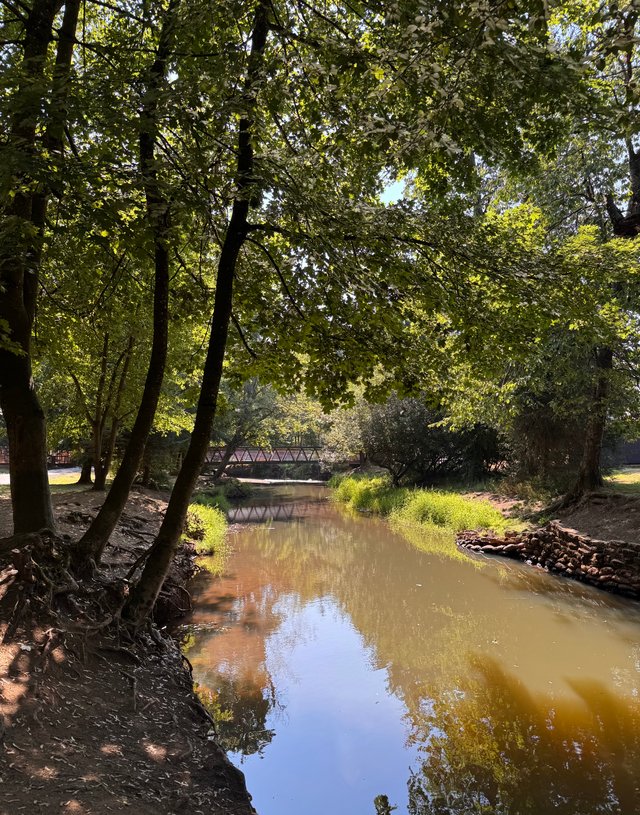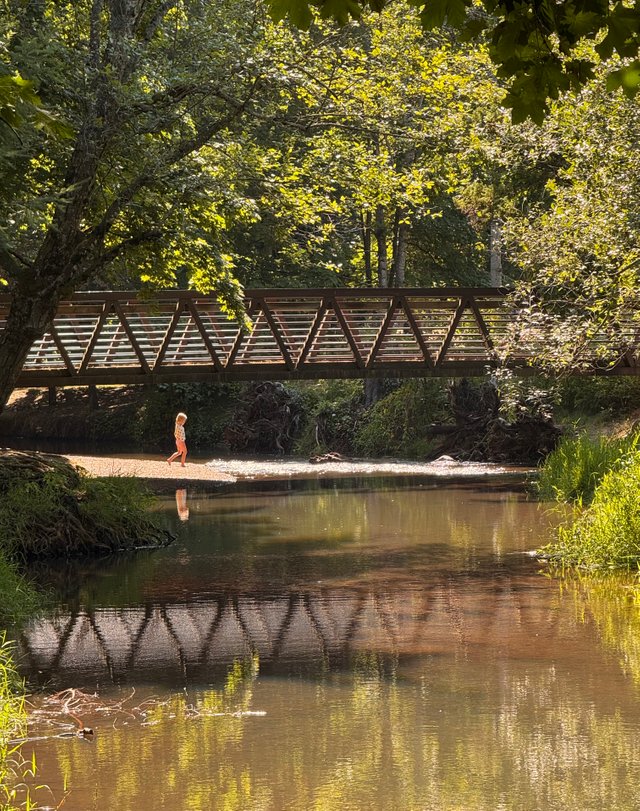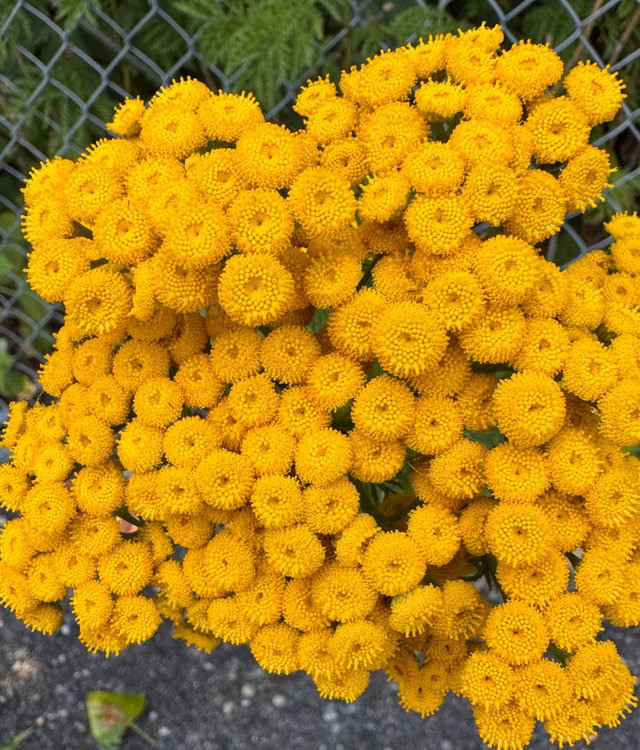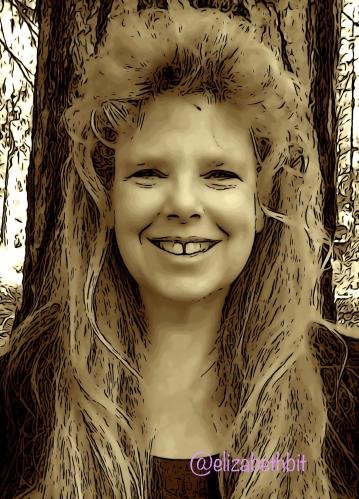A Lazy Tuesday.......Northwest Cascade Wanderings
My day began with ladies Bible study. It was a full house with 13 present. We had to move to a bigger room! Hopefully, the attendance will continue, but I suspect it will wane once fall begins. I’ve been with this study since 2015, and of the original group, only 3 remain. Life happens and you can’t always be there. 🙃
After I got home, we headed to Lynden for a couple of things that we needed. First-a coffee date!
Then, in keeping with the fact I’d pretty much been sitting all morning, we went to Lynden City Park. I found some interesting plant life. I’d never seen this before!
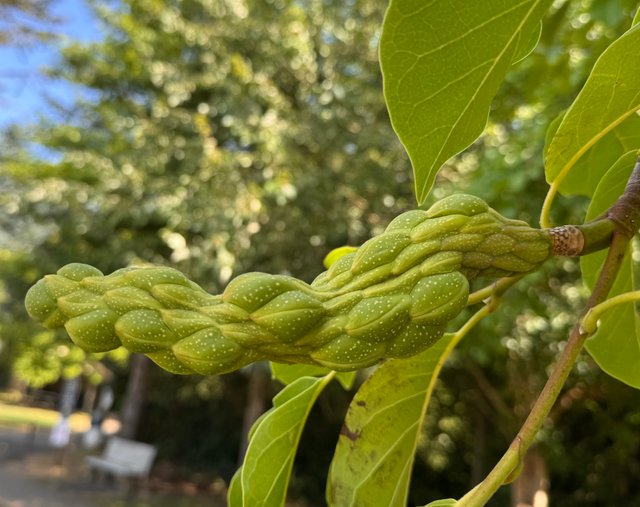
Turns out it’s called a Cucumber Magnolia. Very interesting! I told @silvertop we might have to go back this fall for sure to view it then.
GROK had this information on it:
The cucumber magnolia (Magnolia acuminata), also known as the cucumber tree, is a deciduous tree native to eastern North America, from southern Ontario to northern Florida and west to Texas. It’s the most cold-hardy species in the Magnolia genus, thriving in USDA zones 4–8. Here’s a concise overview based on available information:
• Appearance: It’s a large tree, typically growing 60–80 feet tall (18–24 meters) with a spread of 35–60 feet. The trunk can reach 3–5 feet in diameter. Young trees have a pyramidal shape, becoming more rounded with age. Leaves are alternate, simple, 4–10 inches long, and elliptic, with a vibrant green color that turns yellow in fall.
• Flowers and Fruit: Blooms in late spring to early summer (May–June) with small, yellowish-green, tulip-shaped flowers (2–4 inches long) that are less showy than other magnolias. The flowers are followed by cucumber-like fruit (2–3 inches long), which start green with red seeds and mature to a reddish hue by late summer. These fruits are a food source for wildlife like birds and squirrels.
• Habitat and Growth: Prefers rich, moist, well-drained soils but can tolerate a range of conditions, including clay and wet soils. It thrives in full sun to partial shade and is often found in mixed hardwood forests, along streams, or in upland areas. It’s adaptable to urban settings, tolerating pollution better than other magnolias.
• Uses: Valued for ornamental landscaping due to its attractive foliage and form. Its wood is lightweight, durable, and used for furniture, crates, and plywood. Historically, Native Americans used its bark for medicinal purposes, such as treating fever or rheumatism.
• Ecological Role: Supports wildlife by providing food (seeds and fruit) and habitat. It’s pollinated primarily by beetles due to its flower structure.
• Cultivation: Low-maintenance but sensitive to drought and soil compaction. Propagation is typically by seed or cuttings, though it hybridizes easily with other magnolias, producing cultivars like ‘Elizabeth’ (yellow-flowered) or ‘Butterflies.’ Pruning is minimal, mainly to remove deadwood.
• Challenges: Generally pest-resistant, but scale insects or verticillium wilt can occasionally affect it. Its large size makes it unsuitable for small gardens.
There was a teenage baby black squirrel foraging for food.
The blackberries are beginning to ripen!
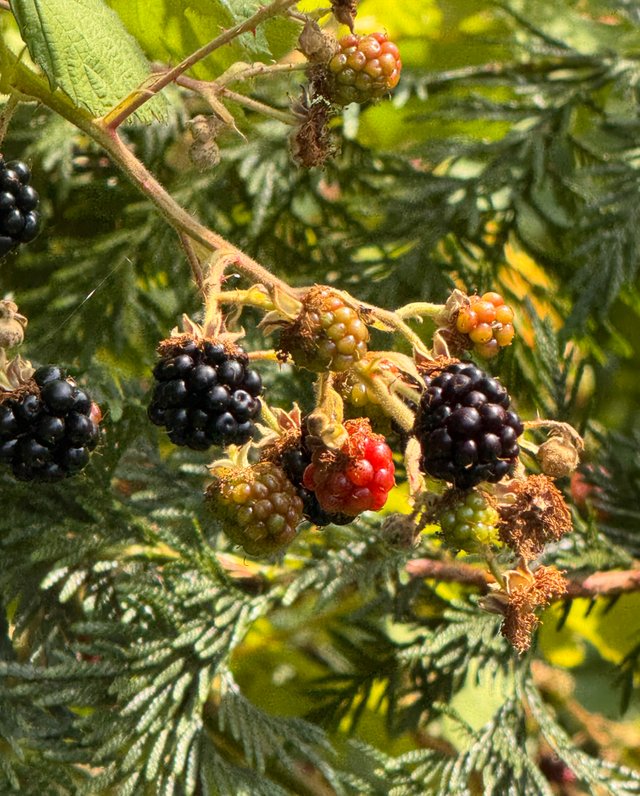
It was a lovely summer day with a breeze-not too hot although in the sun, it could be pretty intense. 🌞
One of the park’s personnel was loath to work as he sat parked for over 20 minutes on his phone. I suppose it was break time……maybe.
At least he had a shady spot for it! 😎
On the way back to the car, the stream was so peaceful!
Just as I snapped this next shot, a little girl wandered into the picture.
Yellow summertime color!
Alas, the day is winding down and tomorrow is the beginning of my workweek. I guess that’s gonna be it for this Tuesday. Take care and enjoy the rest of your day wherever you are! 🙏🌏🙏
👣🐑☕️🙃😎👍😁🌞🌞🌞🌜🌙🥱😴
NKJV Matthew 6:5-15
And when you pray, you shall not be like the hypocrites. For they love to pray standing in the synagogues and on the corners of the streets, that they may be seen by men. Assuredly, I say to you, they have their reward. But you, when you pray, go into your room, and when you have shut your door, pray to your Father who is in the secret place; and your Father who sees in secret will reward you openly. And when you pray, do not use vain repetitions as the heathen do. For they think that they will be heard for their many words.
“Therefore do not be like them. For your Father knows the things you have need of before you ask Him. In this manner, therefore, pray:
Our Father in heaven,
Hallowed be Your name.
Your kingdom come.
Your will be done
On earth as it is in heaven.
Give us this day our daily bread.
And forgive us our debts,
As we forgive our debtors.
And do not lead us into temptation,
But deliver us from the evil one.
For Yours is the kingdom and the power and the glory forever. Amen.
“For if you forgive men their trespasses, your heavenly Father will also forgive you. But if you do not forgive men their trespasses, neither will your Father forgive your trespasses.
Picture taken by me and altered by cliptocomic app
@elizabethbit is a member of ladiesofsgs4eva
a sweet group of lady stackers of SGH
